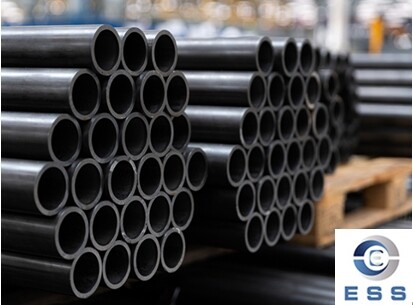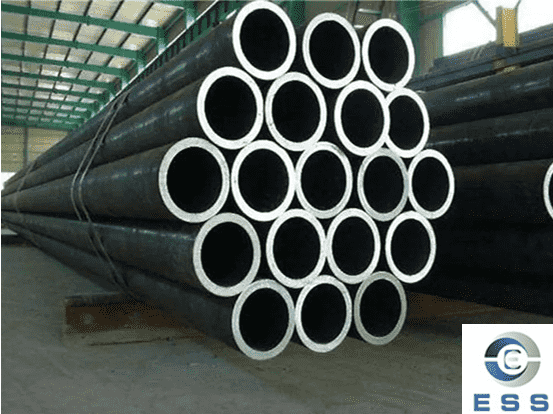
The Effect of Low Temperature on Mild
Steel Pipe
Low temperature can make mild
steel tube become more brittle, mainly because steel at low temperature
will undergo a phase transition, the strength of the grain boundary increases;
crystal twisting deformation and cracking and other mechanisms lead to an
increase in brittleness. In addition, low temperatures affect the plasticity
and toughness of steel, reducing the fatigue strength and impact toughness of
the material.
Cold Embrittlement Test Methods
Commonly used low temperature embrittlement
test methods are Charpy impact test and Izod impact test. In both tests, steel
samples are impacted at room or low temperatures and the impact work at the
time of sample destruction is calculated. Since low-temperature embrittlement
is caused by factors such as various microscopic defects and blocking
potentials in steel, these defects are significantly enhanced at low
temperatures, which leads to an increase in steel embrittlement.
Measures to Prevent Low-temperature
Embrittlement
To prevent low temperature embrittlement,
specific processing and treatment techniques are required. The following are
the main countermeasures:
1. Addition of low-temperature toughness
agents
The toughness of steel at low temperatures is increased by the addition
of some low-temperature toughness agents such as low-temperature toughness
carbides and alloying elements. This method can improve the compressive
strength and flexural strength of steel, thus improving the performance of
steel in the low temperature environment.
2. Heat treatment
Heat treatment to
improve the low-temperature brittleness, so that the grain size tends to be
uniform, thereby improving the fatigue strength and toughness of steel. The
temperature is controlled so that the grain and organization of the steel
becomes more stable. Depending on the mild steel specification, methods such as
normalizing, quenching, annealing, quenching and normalizing can be carried
out.
3. Quenching
Quenching is a steel
machining process in which a cooling medium such as water and oil is poured
over the surface of the steel to change the chemical components and physical
properties in the steel. In the quenching process, the hardness and toughness
of the steel can be substantially increased, and the steel can also maintain
its properties at low temperatures.
4. Normalizing treatment
Normalizing
treatment is also a steel machining process in which the temperature is
controlled so that the steel undergoes a good grain annealing, which results in
a uniform grain size. This method improves the toughness and bending strength
of the steel, thus improving the performance of the steel at low temperatures.
Summarize
Low temperatures can make mild steel pipe more
brittle, and the corresponding countermeasures include the addition of
low-temperature toughness agents, heat treatments, quenching, and
normalization.
Read more: Difference between mild steel pipe and carbon steel pipe













 Eastern Steel Manufacturing Co.,Ltd not only improve product production and sales services, but also provide additional value-added services. As long as you need, we can complete your specific needs together.
Eastern Steel Manufacturing Co.,Ltd not only improve product production and sales services, but also provide additional value-added services. As long as you need, we can complete your specific needs together.










